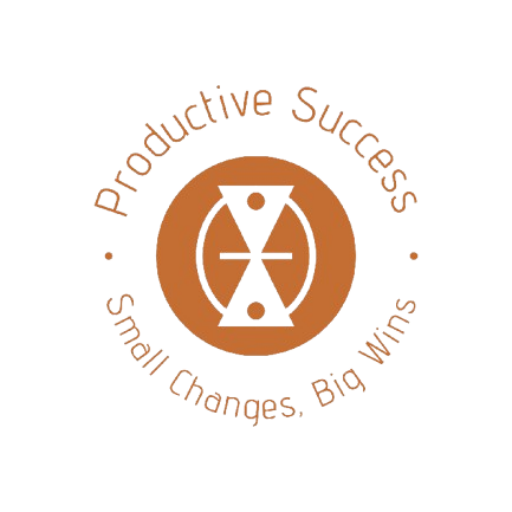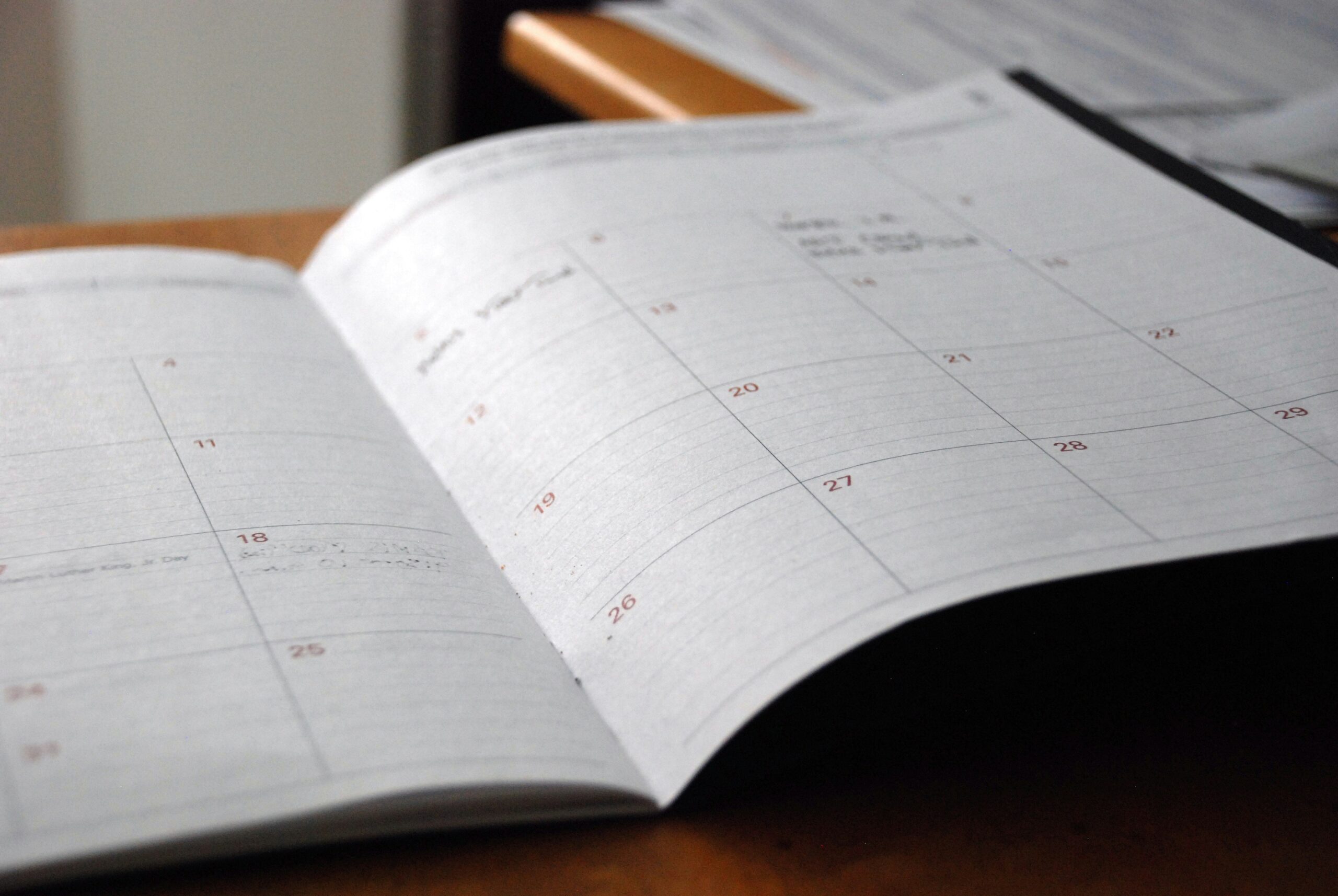Introduction
Relaxing strategies: a key part of my life.
I had just worked for 3 hours on a project for my school, however, it still wasn’t done. I was so burnt out and couldn’t focus anymore but I needed to get this done. That’s when it hit me, I should take a half hour nap.
So I did, and when I woke up, I was able to focus and finish the project after an hour. That moment made me realize the true power of relaxing to boost productivity, although paradoxical it actually works. If you’re like me, you probably don’t believe me when I say this.
So, without further ado, allow me to explain the power of relaxation and relaxing strategies in boosting your productivity.
The Paradox of Relaxation and Productivity: Why Relaxing Strategies Work
Obviously, some of you when you first heard this thought “what relaxing strategies can help without being a waste of time”. This makes sense, I mean how can you boost your work by doing nothing. However, the secret to understanding relaxation is to fundamentally understand what productivity is.
Productivity is the ability to do your best work in the most efficient and least time consuming manner.
If you’re doing a really bad job and it’s taking a while, then that is not productivity. So, while breaks seem like a waste of time, they actually save time in the end. Think about it like this, would you rather do a half assed job for 1 hour to finish a task, or take a break for 15 minutes and do an amazing job in 30 minutes.
The answer is obvious to anyone, do your best work and save more time. An important distinction needs to be made though, there is a difference between procrastination and relaxation.
Relaxing strategies are supposed to be short, take your mind off the work, and fuel you up for the next task. Procrastination takes several hours, you’re constantly thinking about your work, and you feel tired when you get to doing it. ‘
Procrastination and relaxation are not the same, one is to help do your work better, and the other one wrecks your mental health.
The Science Behind Resting
Taking breaks actually increases your energy amongst numerous benefits. In addition, getting enough rest every week boosts your long-term work output, giving you the ability to work productively in the future. With all of these benefits, why not take up breaks and relaxing strategies.
What’s the worst that could happen?

The Benefits of Taking Regular Breaks for Mental Clarity
Relaxing strategies and other relaxation techniques are key for mental clarity on the daily basis. Getting burnt out is a real problem, however, with daily breaks you’re able to push yourself to the limit without the worry of getting burnt out. Breaks are especially key in between large bouts of work.
Studies show that taking daily breaks can enhance creativity and boost problem-solving abilities. It also can boost energy in the workplace, and make room for better and higher quality work. Breaks aren’t the distraction everyone thinks they are, they’re actually the opposite of a distraction.
The most famous example of a work method with breaks is the Pomodoro method. The Pomodoro method is basically doing 25 minutes of work, then taking a 5 minute break, and repeating this same cycle until you’re done.
For me personally, this method doesn’t work and I use a different version. I do 1 hour bouts of deep work, and then take a 10 minute break, and keep this cycle going onwards. I go into this more in my blog for deep work, so check it out for more in-depth explanation.
When Should I Take a Break?
You should take a break in your work when you literally cannot focus on the task at hand. For example, if while I’m writing this blog I keep remembering a memory from last year, it’s time to take a break. Every thought you have should be dedicated to your current task.
Taking a break should also happen when you notice an obvious dip in the quality of your work. This usually can happen after long work bouts, poor sleep, lack of meditation, etc. Determining the length of break depends on the amount of time worked previous, however, your break should almost never be above 25 minutes.

Top Relaxing Strategies for Boosting Productivity
Relaxation comes through several different forms, and not all of these forms work for everyone. It’s important to know all the relaxing strategies so that you can pick and choose which ones work for you the most
Meditating
Meditation, in my opinion, is the most effective relaxation technique there is. Meditation is one of the few things in life with no drawbacks and only benefits in every aspect of your life. If there’s one strategy you should take away, it’s meditation.
Meditation allows you to relax by keeping your focus on your breath with nothing else really going on in your mind. Most people think you need to be a Shaolin Monk to meditate, however, you can meditate right now. Here are the steps to meditating effectively.
- Set a timer for 30 seconds. It doesn’t have to be longer since this is your first meditation. You can gradually increase it as you meditate more and more (e.g,. +10 seconds everytime)
- Turn off your lights and try to minimize background noises. You want to be as focused as possible on your breath, so other activities will most definitely distract you.
- Focus in on your breath. Other thoughts will 100% pop up in your mind, however, you should just focus back onto your breath. Think of each time you focus back to your breath as one “rep”. The more reps you do, the stronger and better you get at the exercise. So, instead of thinking losing focus as a bad thing, reframe your mindset.
- Keep doing this until your timer rings and then your completely done. I would recommend meditating in the morning before you do any work in order to keep your mind sharpened through out the day.
- Here’s a guide meditation link if you prefer guided meditation.
Yoga
Yoga is a habit that I have not taken up yet unfortunately, however, it most definitely has it’s benefits. First of all, you’re able to build flexibility while relaxing and letting the tension in your body disappear. In addition, you can join communities dedicated to yoga and potentially meet friends.
I would recommend doing yoga in the morning and before you sleep. Both are perfect times to do yoga when you first start, however, you can do yoga whenever you want. Yoga is effective any time of the day.
The best resources for yoga are:
Short Walks in Nature
This method is as simple as it sounds, you just go outside for 5 minutes and take a walk. That’s literally it. No need for music playing, or to watch YouTube videos outside, just walk around for 5 minutes.
You might live in an area without nature, so you just walk anyway. As long as you get outside, walking around will be an effective way to relax. Out of all the relaxing strategies, this may be the most innately human one that we could do.
Unplugging Yourself From Online
This is another relaxing strategy people often miss. When someone hears “relax” they think that means scrolling on Instagram reels for the next 30 minutes. However, this is neither relaxing nor healthy for you.
First of all, short-form content is the worst type of content to consume. It lowers your attention span, provides you with no information, and makes it much easier to procrastinate. In my opinion, short-form content is one of the root causes of procrastination.
Meaning that to reduce procrastination, you need to severely cut down or just remove short form content from your life.
Anyways, back to the main point, when you’re online during your break it can make it harder to sleep, harder to focus on the task, and overall it can distract you when you go back to your work. This is especially true if you mainly work on computer, getting a break for your eyes is really good for your health.
So, whenever you go on break, you shouldn’t use any screens. If you have nothing to do during your 15 minute break, then do literally nothing. Yes, I mean just sit around for 15 minutes and stare at your wall. Eventually, the boredom will motivate you to do literally anything else, in turn, you’re motivated to do your work.

Creating a Relaxation Schedule to Maximize Productivity
The best way to schedule relaxation into your day is to use timetables. I have a blog on timetables, however, the basic gist is to plan out your whole day and what you’re doing at every time. This gives you a clear schedule, and gives you control over your day.
By planning your whole day out, you can place breaks inside of your timetables in order to schedule relaxation time, and to avoid getting burnt out. All the relaxing strategies will benefit from being planned since you’ll know exactly which strategy you’ll be doing.
Integrating relaxation is a difficult task, however, the best way to do it is to find your energy levels throughout the day. For example, let’s say you’re at your peak energy from 11-4, and you’re really sleepy from 5 to 6. The best time to relax would be 5-6 since you’ll be doing your worst and lowest energy work at that time.
Energy levels should dictate your day
People also tend to create “relaxation toolkits” with a bunch of relaxation strategies that are effective for them. Some of these strategies include a music playlist, essential oils, reading materials, etc. Creating these toolkits are simple, just open your notes app and brainstorm what relaxes you.
Write them all down, and boom you’ve got a relaxation toolkit

Conclusion
Taking breaks to improve productivity is something most people cannot wrap their head around. This is a really sad fact since taking breaks correlates with improved productivity, and everyone would benefit from taking breaks. You now have the tools to implement relaxing strategies into your life, so what are you waiting for, do it now.
And don’t forget that
Nothing changes if nothing changes

